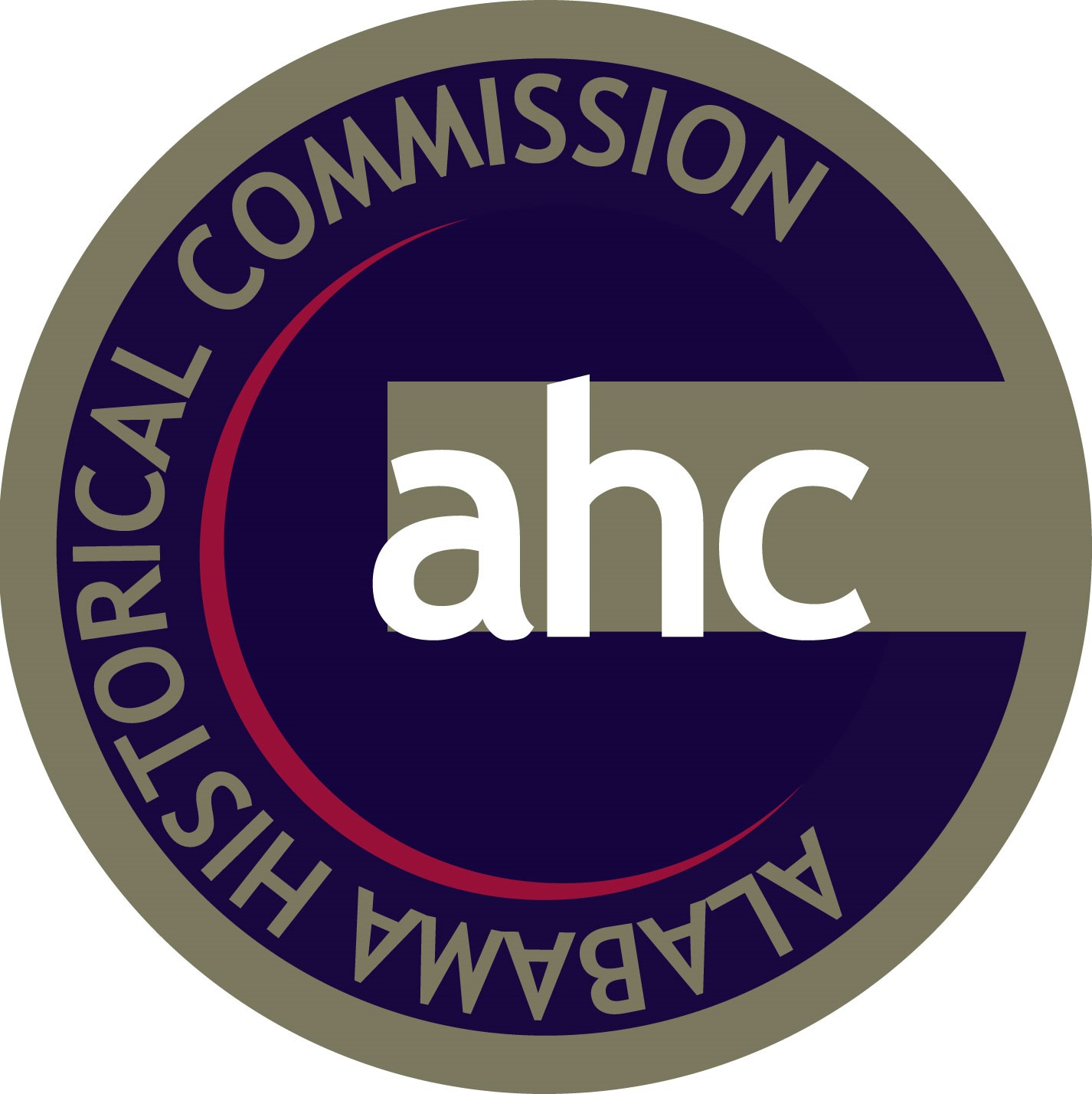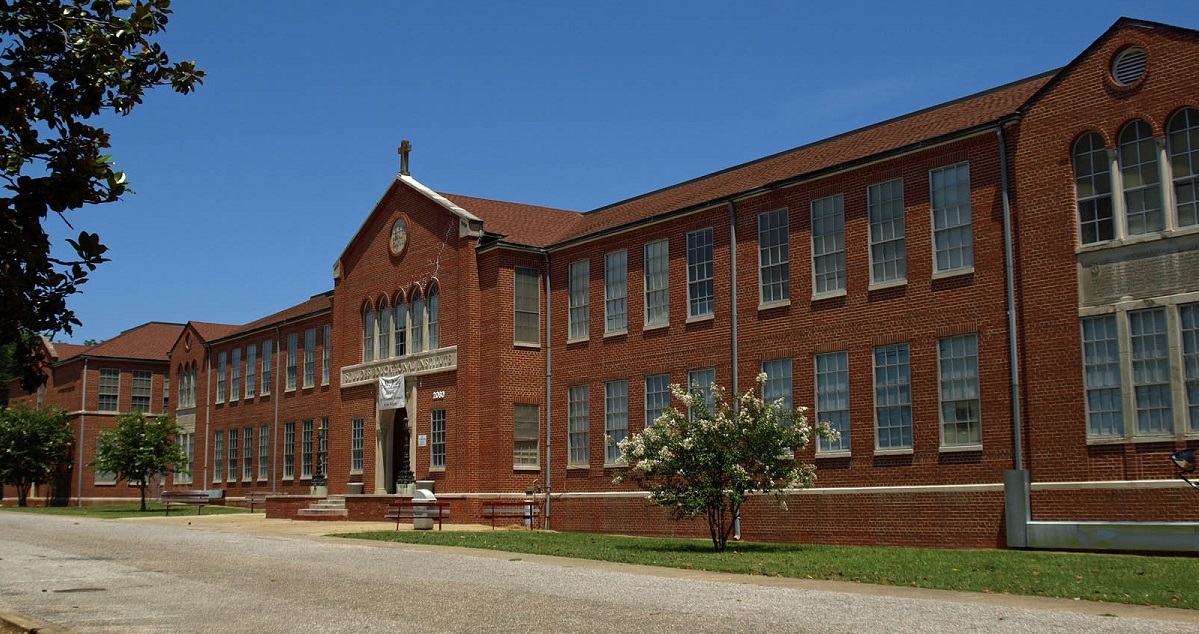Alabama Historical Commission awarded $50,000 grant to survey African American schools

Phillips Memorial Auditorium at Lincoln School in Marion is an example of an African American school building in Alabama that's already listed on the National Register of Historic Places. An effort is underway to get additional buildings from the campus listed. The school was founded during Reconstruction by freedmen and the American Missionary Association (AMA). It operated as a private school for many years and was supported by local African Americans and the AMA. Eventually, it became part of the racially segregated public school system and was closed in 1970 following integration. A $50,000 grant from the National Park Service will enable the Alabama Historical Commission to research and document surviving African American school buildings in Alabama with a goal of getting one or two of them added to the National Register. (Courtesy of Evelyn Causey)
The Alabama Historical Commission (AHC) was awarded a $50,000 grant from the National Park Service to research and document African American schools in Alabama.
 The project is one of 22 across the nation that will support the identification, planning and development of nominations to the National Register of Historic Places to increase representation of Black and Indigenous people, and other communities of color.
The project is one of 22 across the nation that will support the identification, planning and development of nominations to the National Register of Historic Places to increase representation of Black and Indigenous people, and other communities of color.
“The AHC is pleased to receive this grant from the National Park Service,” said AHC Chairman Jim Day. “The identification of these schools will write another chapter in the history of our state.
“Many of our towns and communities have hidden stories of African American education during segregation, but this documentation program will bring many of those accounts to light.”
The AHC proposes to complete research that will be a basis for evaluating eligibility of African American schools in Alabama and nominating them to the National Register of Historic Places. The project will focus on the period beginning with the establishment of public schools during Reconstruction to 1972, by which time Alabama’s public schools effectively desegregated.

St. Jude Educational Institute, which was a private Catholic high school for African Americans in Montgomery, is on the National Register of Historic Places. The Alabama Historical Commission hopes a survey of the state’s surviving African American school buildings from the segregation era will lead to more of the schools being added to the Register. (Wikimedia.org)
Since African American schools that were funded by the Rosenwald Fund and other private foundations are already documented, this project will focus on public schools as well as private schools run by religious organizations. The documentation will develop statements of significance and historic contexts, which will include narratives relating to broad themes in the history of African American education, such as:
- The early establishment of schools by African Americans during Reconstruction.
- The roles of schools in African American communities during the Jim Crow era.
- Connections between schools and civil rights activism.
- The process and effects of public school integration in Alabama.
In the past few years, the AHC has sought to identify, preserve and interpret sites significant to African American history in Alabama. Through this project, the AHC will nominate one to two schools to the National Register of Historic Places.
“We are thankful to the National Park Service for their continued support to recognize underrepresented communities across the country,” said Lisa Jones, state historic preservation officer and executive director of the AHC.





